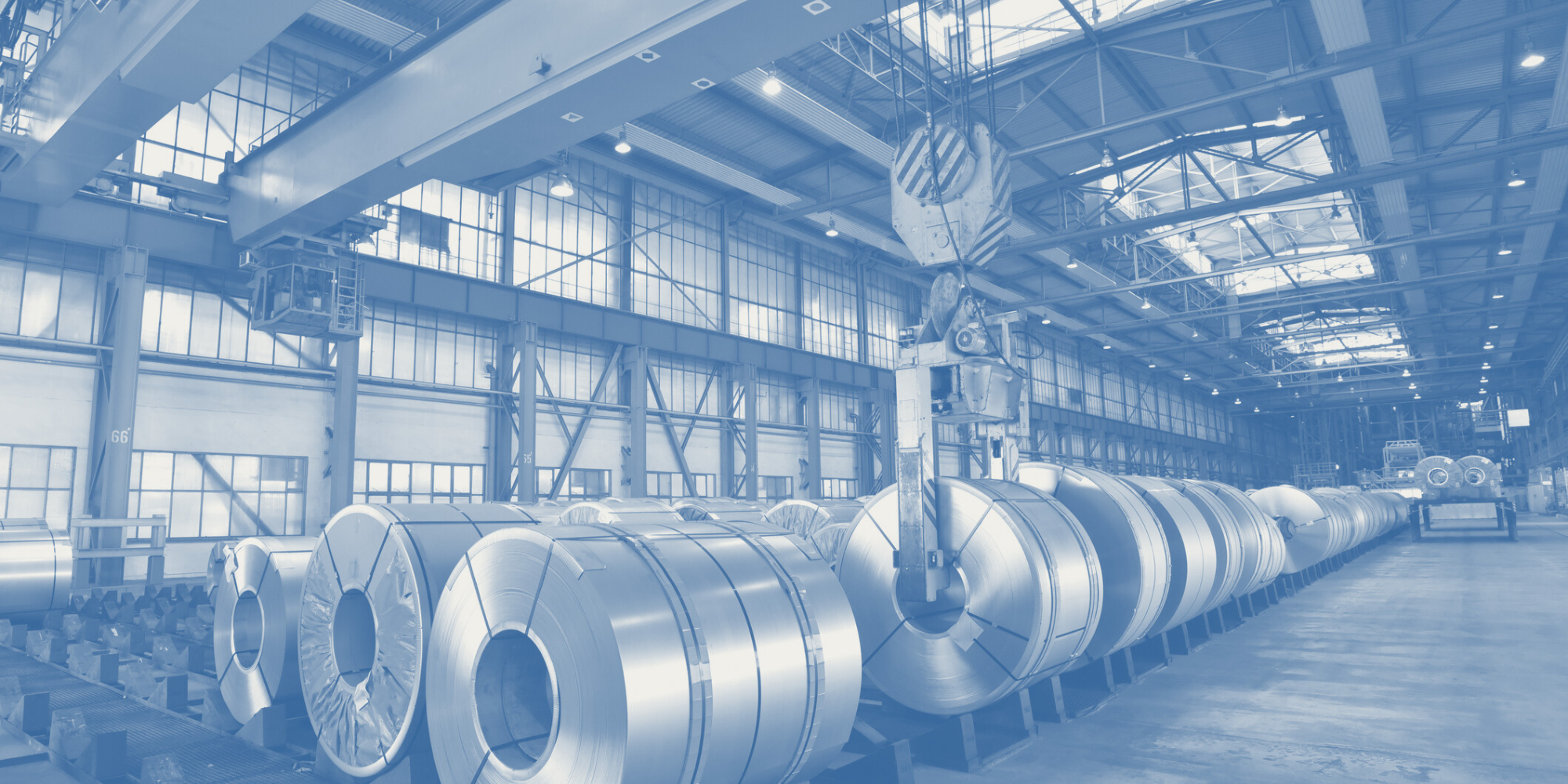In the intricate web of climate-related risks, understanding the nuances between climate transition risk and climate change risk is essential. These two terms often get tangled, resulting in a common misconception among banks that climate related risks and opportunities will be driven by regulation and won’t be material for several years. In reality, climate risks and opportunities are emerging now, and in response to decades of market and investment dynamics that have already begun to disrupt common industries.
Defining the Terms
Climate transition risk isn't driven by the physical impact of climate change, but rather by economic shifts spurred by investments in green technology. In many industries the catalyst for this transition has already occurred, with up to three decades of substantial investments rendering green technology economically viable.
Profitability as the Catalyst
The driving force behind the shift isn't just environmental responsibility, but more economic pragmatism. As green technology becomes more cost-effective, businesses are transitioning due to the impact on their bottom line – with the added benefit that it’s good for the planet.
Regulation and Past Investments
While regulations can accelerate transition risk, the primary driver is past investments in green technology. The foundation laid over the past decades compels businesses to adopt eco-friendly practices for financial reasons.
Trends Amplifying Transition Investments
Several trends contribute to the allure of transition investments. Energy price volatility and concerns about energy diversification for national defense create an environment where transitioning to cleaner energy sources is both financially beneficial and strategically imperative. Advancement in semiconductor technology has enabled reduced costs and massive increases in volume of production for solar panels.
Myth of Massive Disruption
Contrary to popular belief, massive disruption doesn't require a complete industry overhaul. Even a modest 10% change within an industry can lead to substantial disruptions, emphasizing the ripple effect throughout the supply chain. For example, the iPhone 4 was the first smartphone to gain 10% market share in the mobile phone industry, but it forced the rest of the market to produce a competitive offering or accept a niche role in the market. Or consider Nucor steel, discussed below. One steel company adopted electric arc furnace technology (EAF) allowing it to capture 30% market share. Today, more than 70% of US steel is produced using lower emission EAF.
Real-world Examples of Transition
Industrial manufacture is one sector in the throes of transition. Cement manufacturers are adopting greener practices, particularly in substitutes and alternatives such as fly ash. While fly ash may not be fit for every purpose (e.g. rapid setting), it boasts 40% lower carbon emissions and is also stronger, more workable, and (critically) cheaper than traditional Portland cement.
Metal manufacturing, too, is shifting toward electric arc furnaces (EAF), highlighting the economic benefits associated with past investments in green technology. Nucor Steel pioneered this approach to recycle steel at lower cost, and it helped catapult them to dominant market share in the industry. In 2022 they doubled down, investing in a startup trying to bring EAF technology to production of new steel from iron ore.
The shift in heating processes to green hydrogen is gaining momentum, catalyzed by the Inflation Reduction Act of the United States. With the U.S. positioned to be one of the lowest green hydrogen production cost regions globally, significant developments, such as SGH2's Lancaster plant, signal an investment shift toward green hydrogen on a massive scale. These investments are expected to bring green hydrogen to cost parity with natural gas by the end of the decade, which will make fuel consumers indifferent to the source or type of fuel.
In conclusion, the economic forces driving climate transition are reshaping industries globally. The nexus between profitability, past investments, and emerging trends underscores the transformative power of sustainable practices. As businesses align economic viability with environmental responsibility, the world is witnessing a paradigm shift towards a greener, more sustainable future.
What does this mean for you?
The transition to a low carbon economy is being driven by decades of investment across a range of industries, and represents clear and present risks and opportunities. While pending regulation is likely to accelerate this shift, it is not driving it. As such, there is a clear first-mover advantage to considering climate transition in the bank’s portfolio management and growth strategies today.
Credit analysis incorporates a view of borrower, competitors, and industry outlook. For an industry in transition, overall growth can look in line with historical trends, while in reality there are massive swings between companies that are benefiting from transition – and capturing massive market share – and companies that are stuck with legacy means of production. Banks are in a unique position to advise clients through the transition economy, and establish close relationships with the companies poised to capture market share.
Additionally, banks need to understand how their portfolio – and mix of sectors/industries – is exposed to transition risk today; and how continued transition will impact the portfolio going forward. This will put banks in the best position to take advantage of emerging opportunities for transition finance while future proofing the balance sheet.
